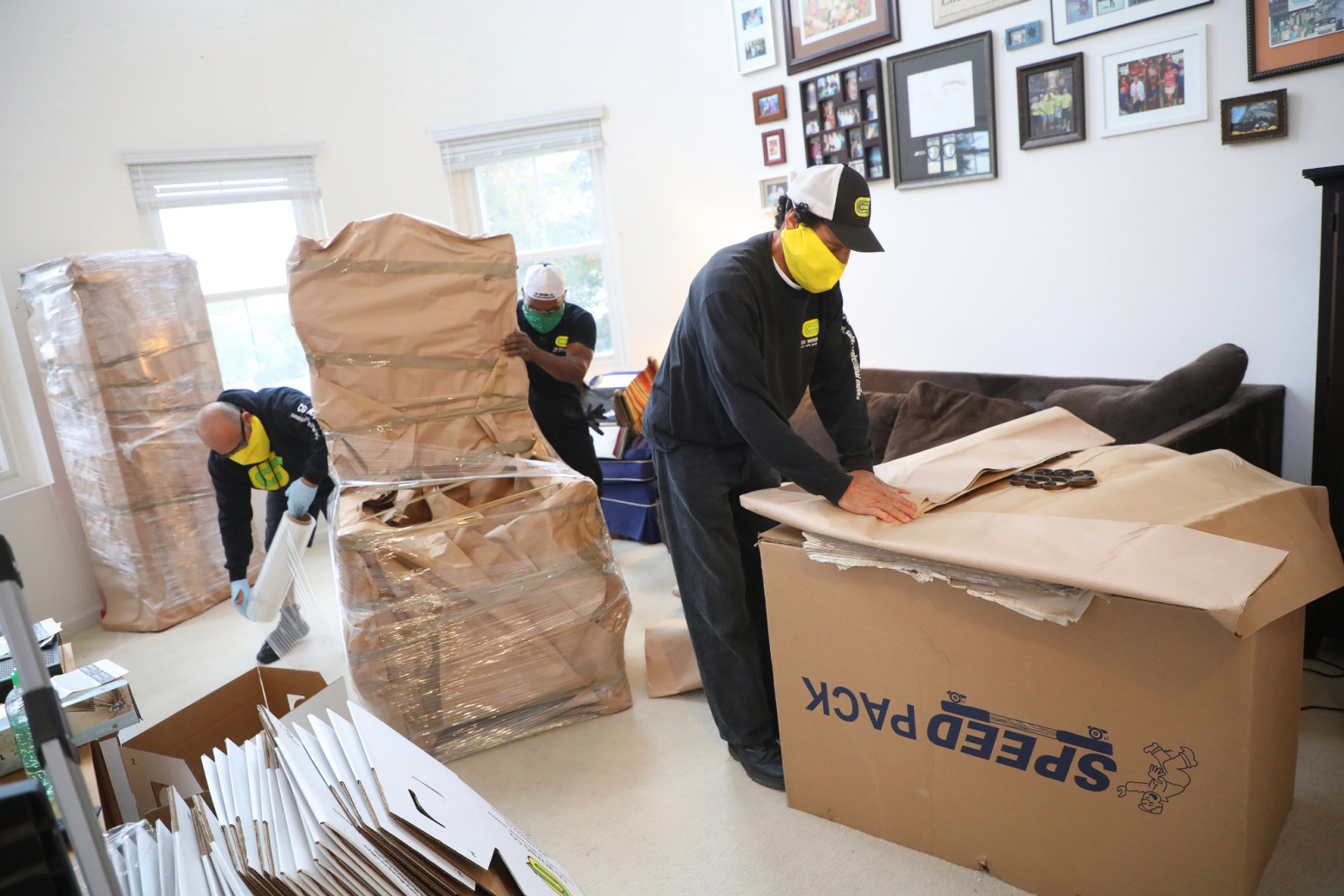Bay Area COVID migration may be slower than expected

Maybe the great Bay Area exodus is just an escape from San Francisco.
The San Jose metro area saw about 20% more people coming than going during the COVID-19 pandemic, while the San Francisco metro area, which includes the East Bay, was a net loser with roughly 66% more outbound movers than newcomers, according to a new survey. Residents coming into Santa Clara and San Benito counties were most likely to come from New York, Boston, Chicago and Washington, D.C.
Although California was one of the top states for outward-bound residents, the Bay Area did not crack the top five exodus regions in the nation, according to an analysis by North American Moving Services and Zillow. The most common points of departure, the survey said, included three California cities, Anaheim, San Diego and Riverside, as well as New York City and Chicago.
The survey showed a continuation of the pipeline from the Bay Area to Austin, Texas, as well as Phoenix, Denver, Portland and Seattle.
“The pandemic didn’t throw any trends into reverse,” said Zillow economist Jeff Tucker. “In some ways, it ramped it up.”
The pandemic and remote work have allowed Bay Area employees to scatter around the state and country, seeking more space, cheaper rents or lower mortgages, and greater distance from neighbors.
The shift away from cities has driven down rents in San Francisco, San Jose and Oakland, while driving up suburban home prices around the Bay Area to near record highs.
But those soaring housing costs — the median sale price for a single family home in the region reached $935,000 in February — are likely pushing more residents away, economists say.
The survey is based on customers of North American Moving Services between January and November 2020, and ranked the top cities for move-ins and move-outs. Tucker said the survey likely captures more older families moving with a professional service.
The relocations may be accelerating. About half of the people in a recent Zillow survey said they would be comfortable moving under current COVID-19 restrictions, but 7 in 10 said they would be willing to get into a new home or apartment after widespread vaccinations.
The online real estate company estimates robust vaccination totals could entice an additional 14 million U.S. homeowners to relocate this year. “It’s hard to imagine how big this demand for homes is,” Tucker said.
The California movers may also be responsible for making some of these cities, including Phoenix, Austin and Boise, Idaho, the hottest real estate markets in the country, where prices have climbed at least 15% from the previous year. Real estate experts say the pandemic has pushed many to re-evaluate work and life decisions.
Paul Getty, CEO at the investment and real estate consulting firm First Guardian Group in San Jose, said clients have been exploring more out-of-state property purchases.
Getty has seen a higher volume of clients moving from the Bay Area, and in some cases selling rental properties, to move to lower-cost regions. Many, he said, are fed up with “taxes and the sheer cost of living here.”
Popular destinations have been been Texas and Arizona, although others have re-settled in colder mountain retreats. A long-time owner selling a house on the Peninsula can reap a large profit, buy a new home in a smaller community and have a seven-figure nest egg to draw on.
“It builds a very, very nice retirement lifestyle,” Getty said.
But there’s still uncertainties about how remote work will impact the housing market in the long run. Some big tech companies are still planning for a return to offices.
“The really big question remains for the Bay Area — what’s going to happen to housing when the big companies call their employees home to the mothership?” Tucker said.

